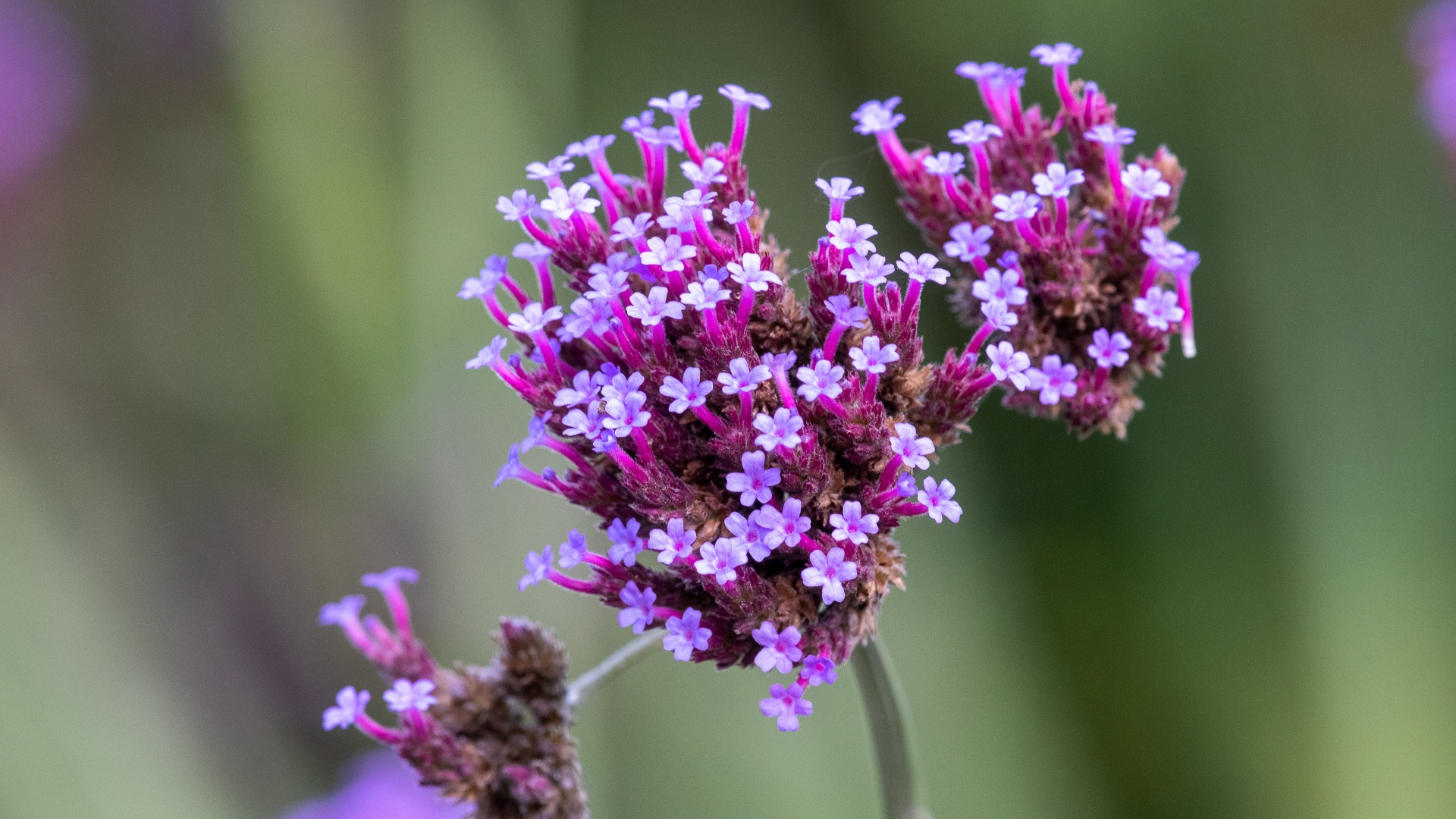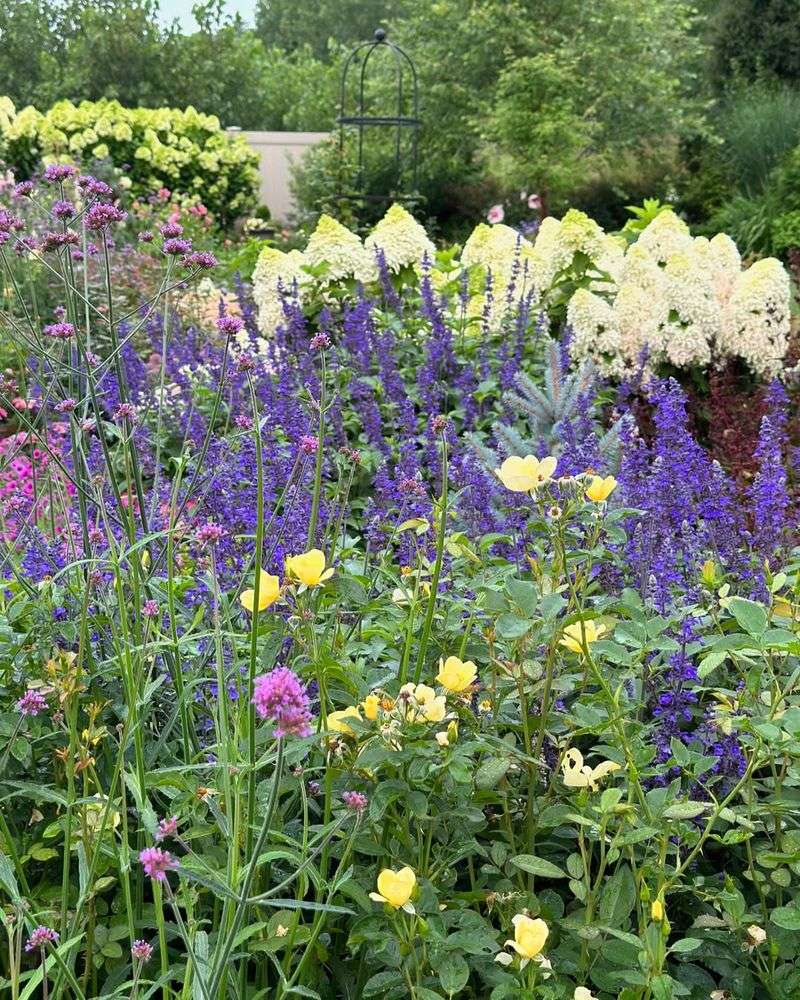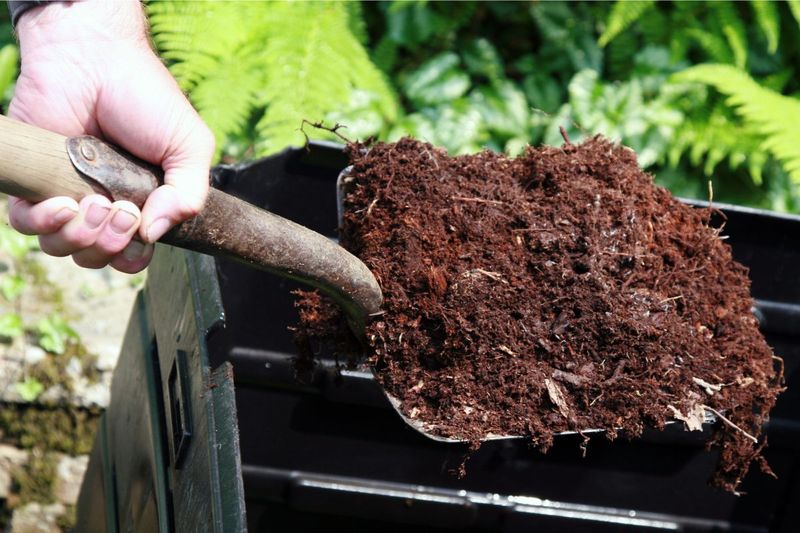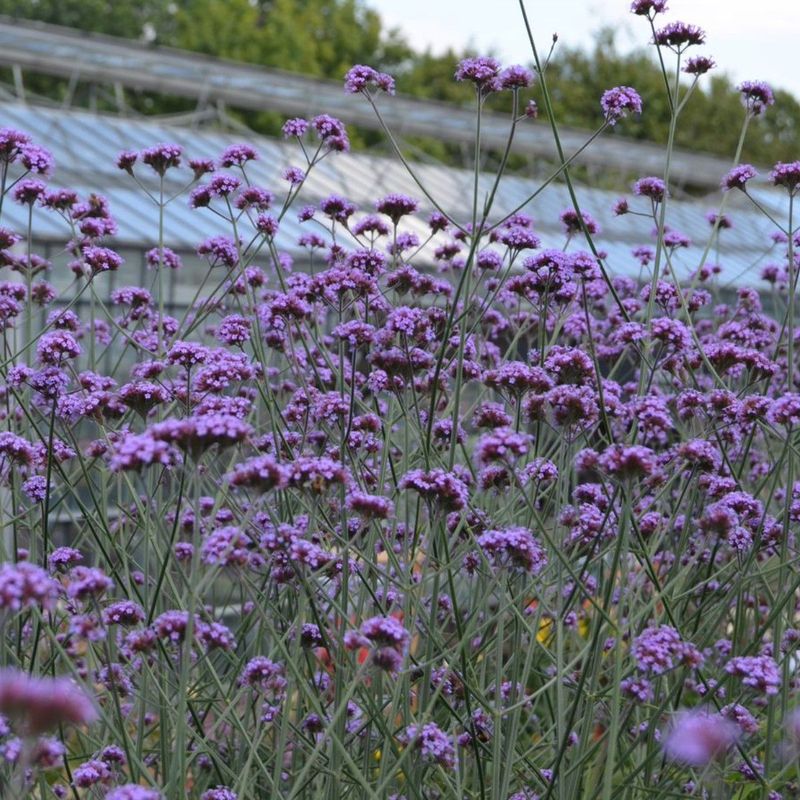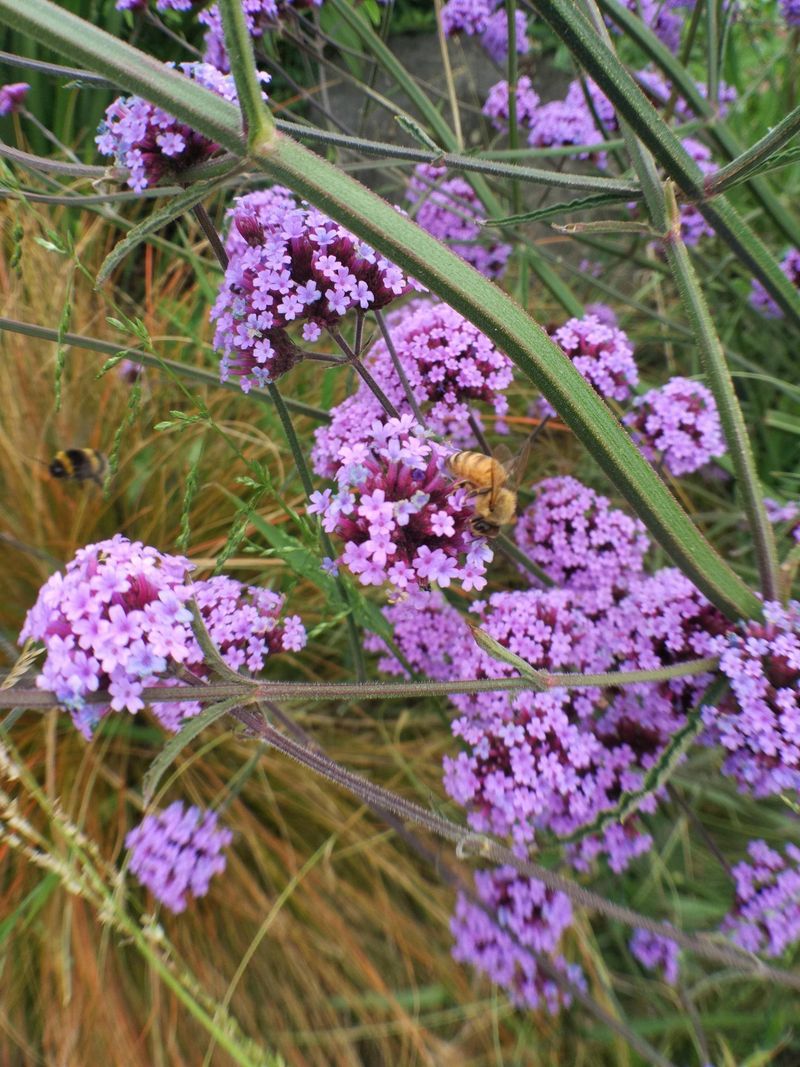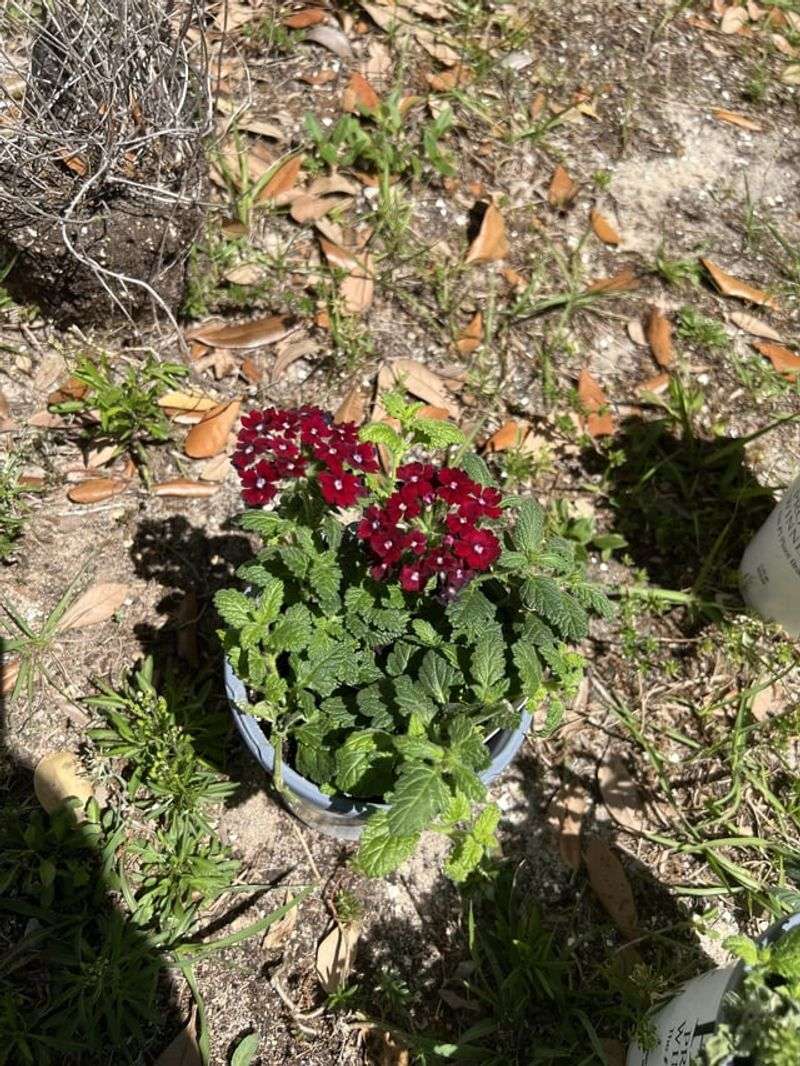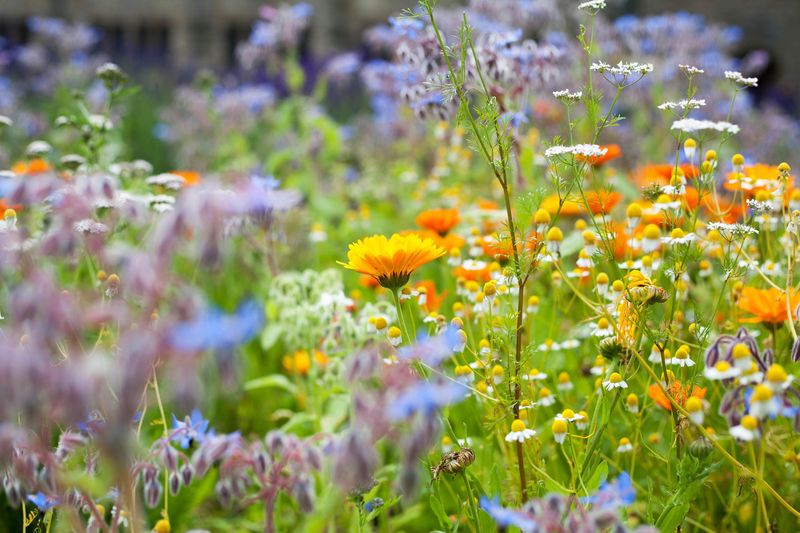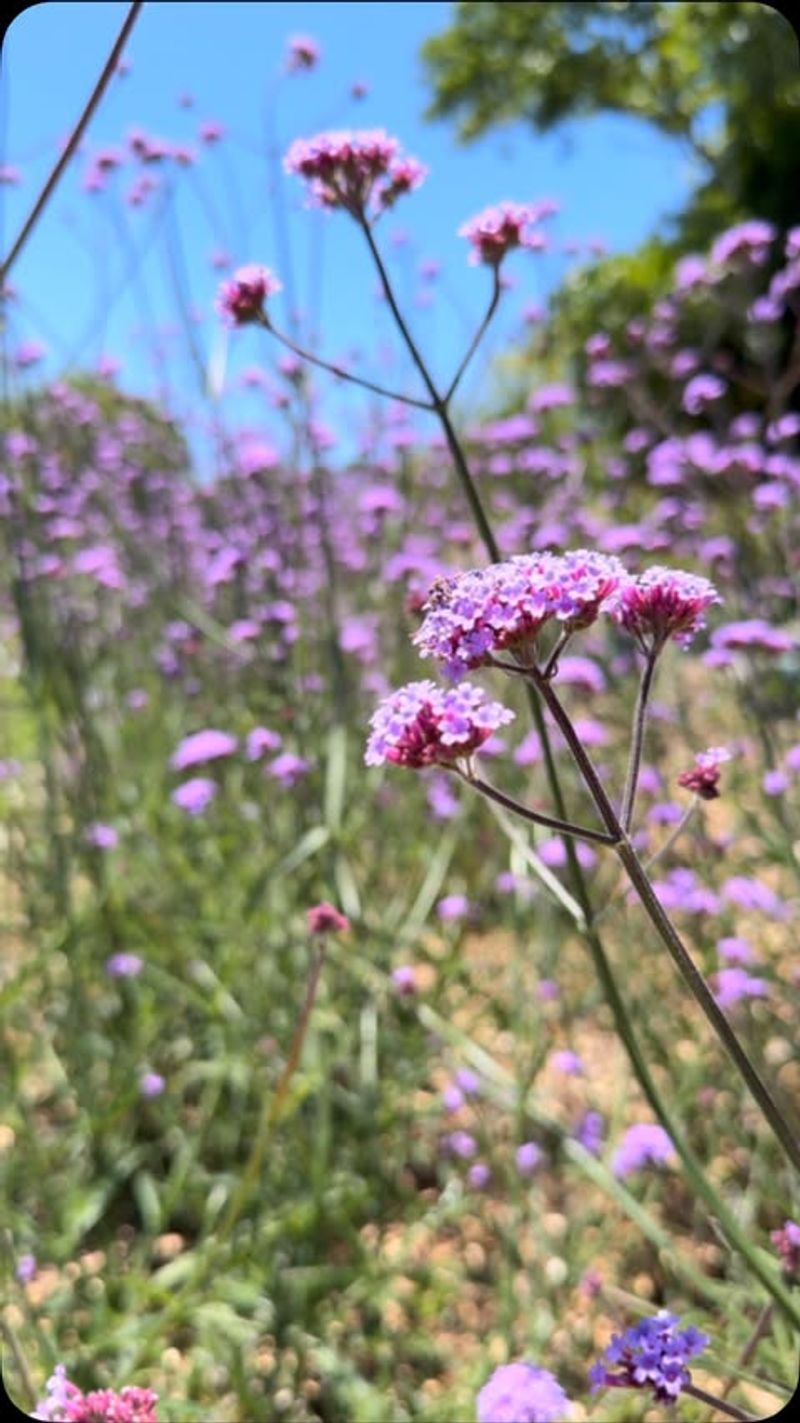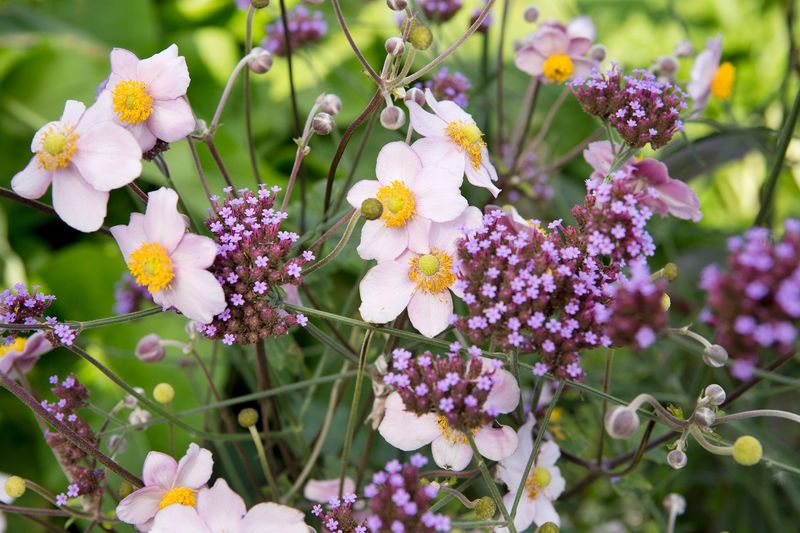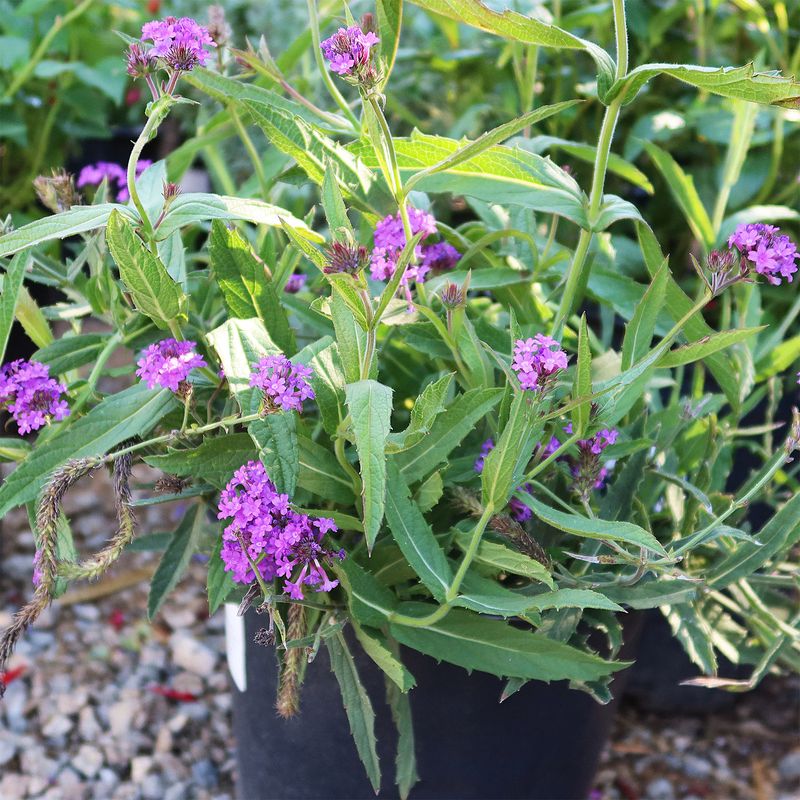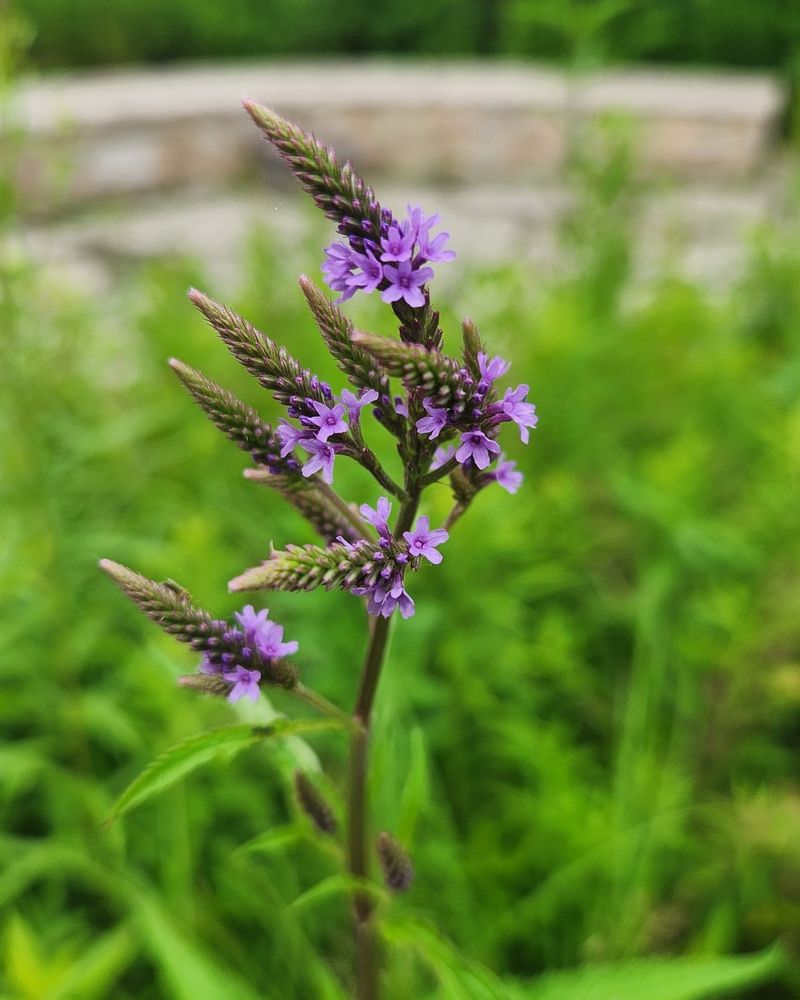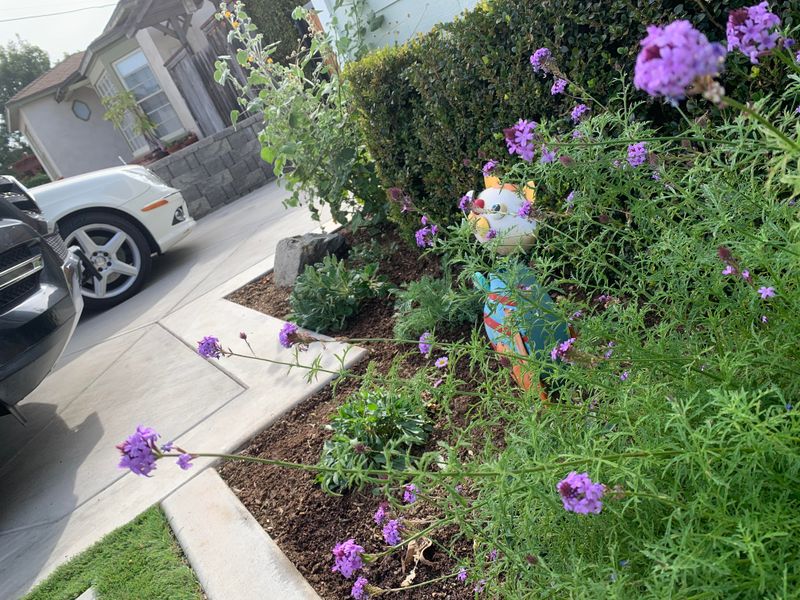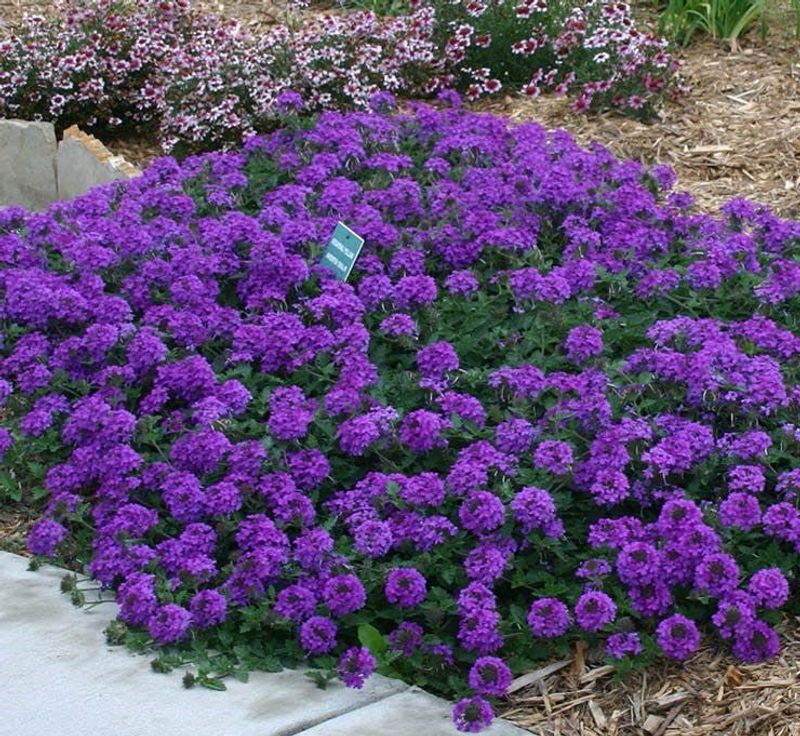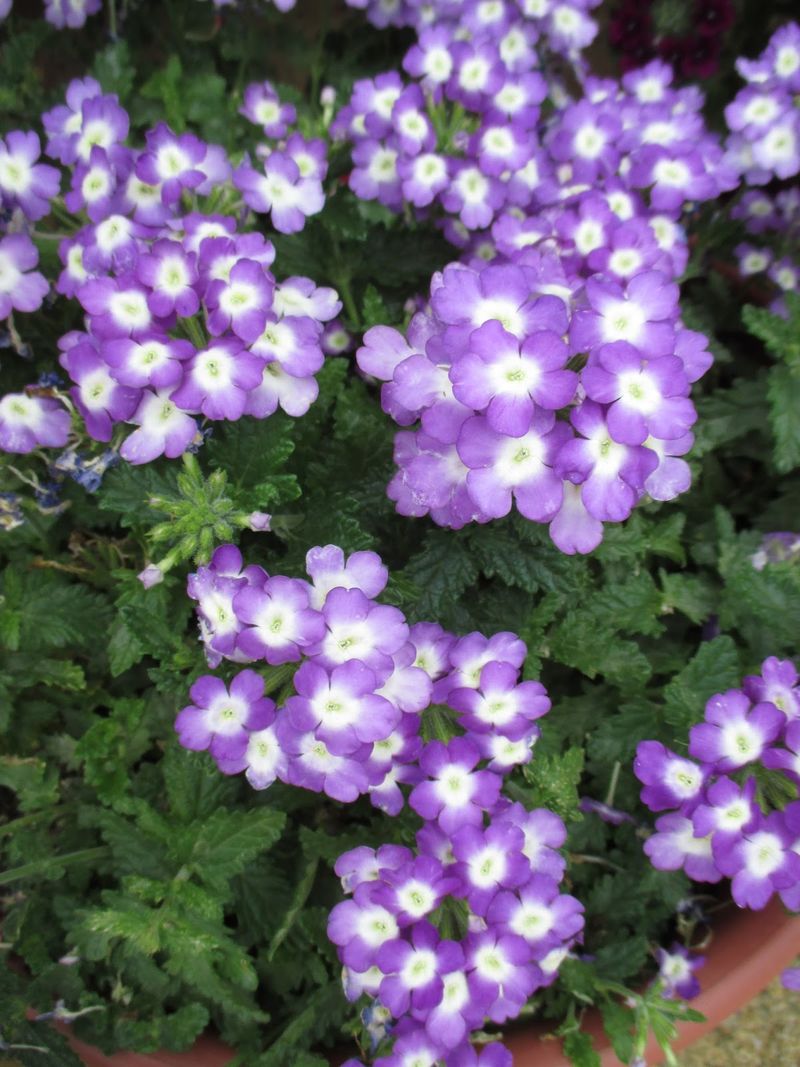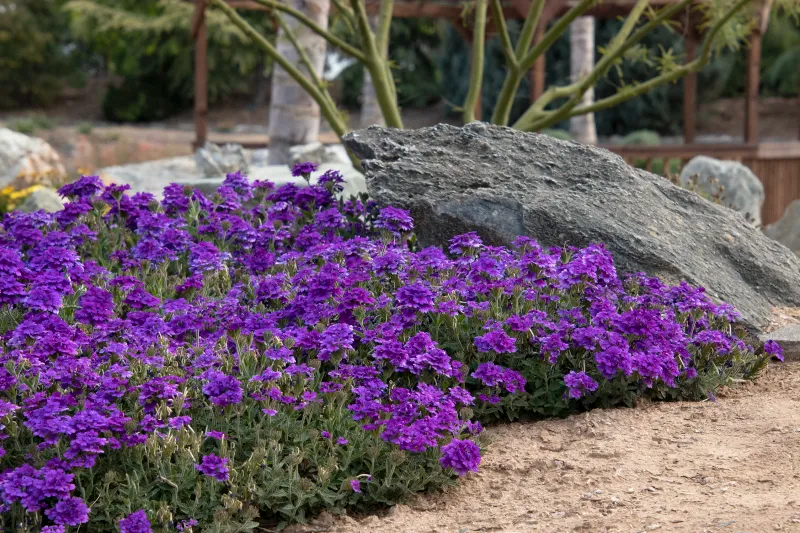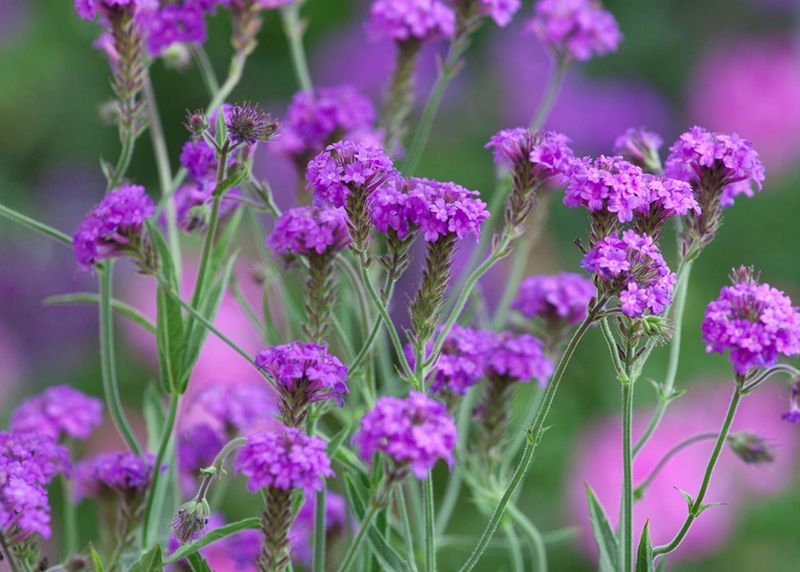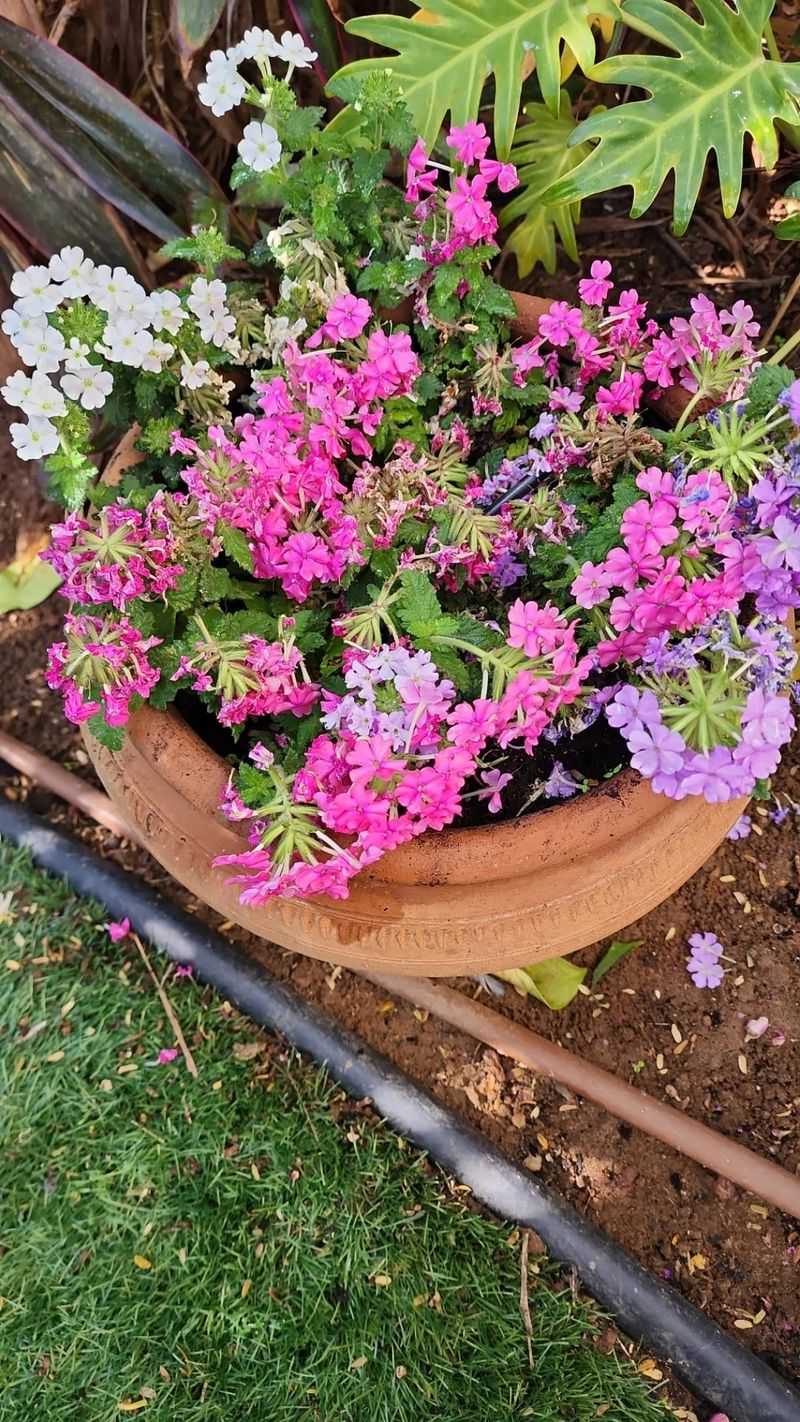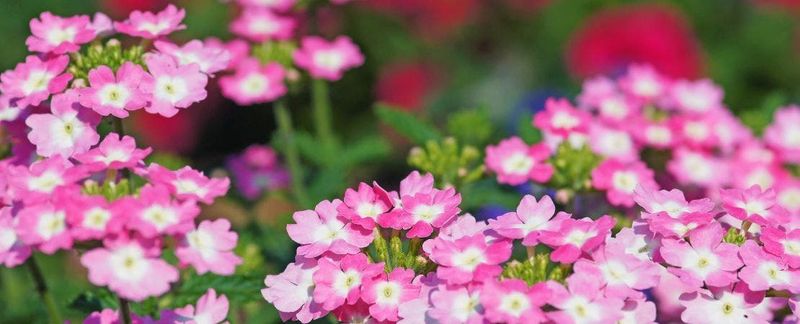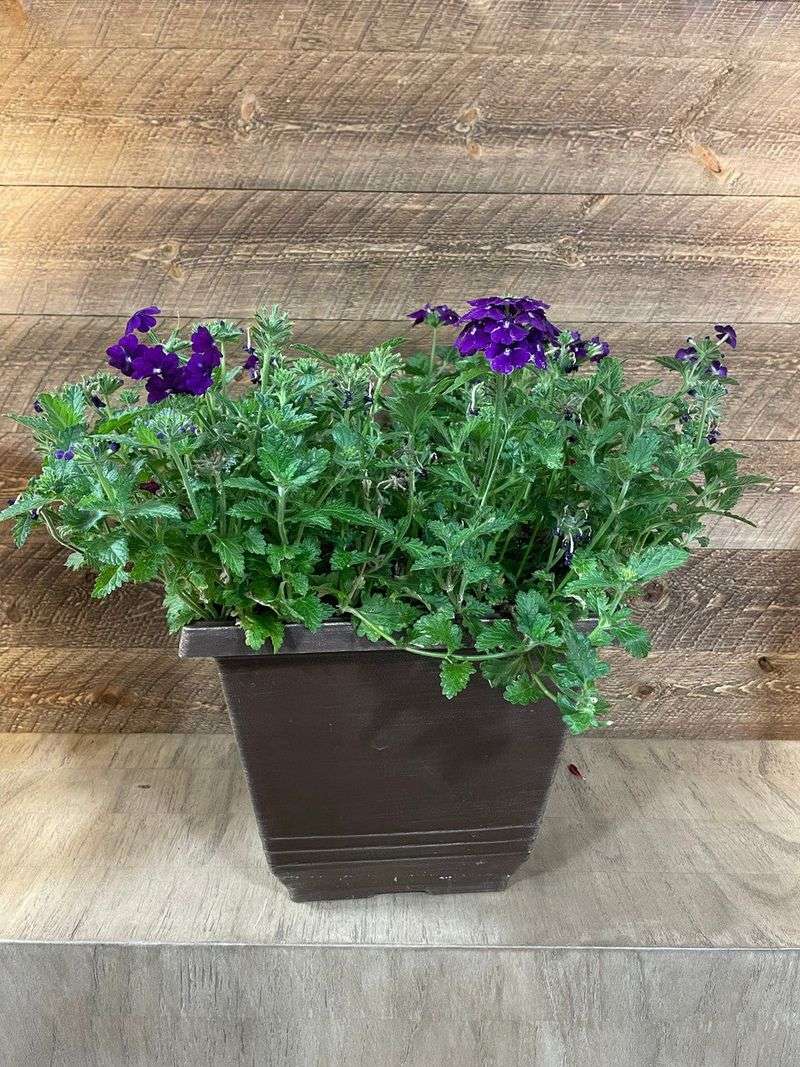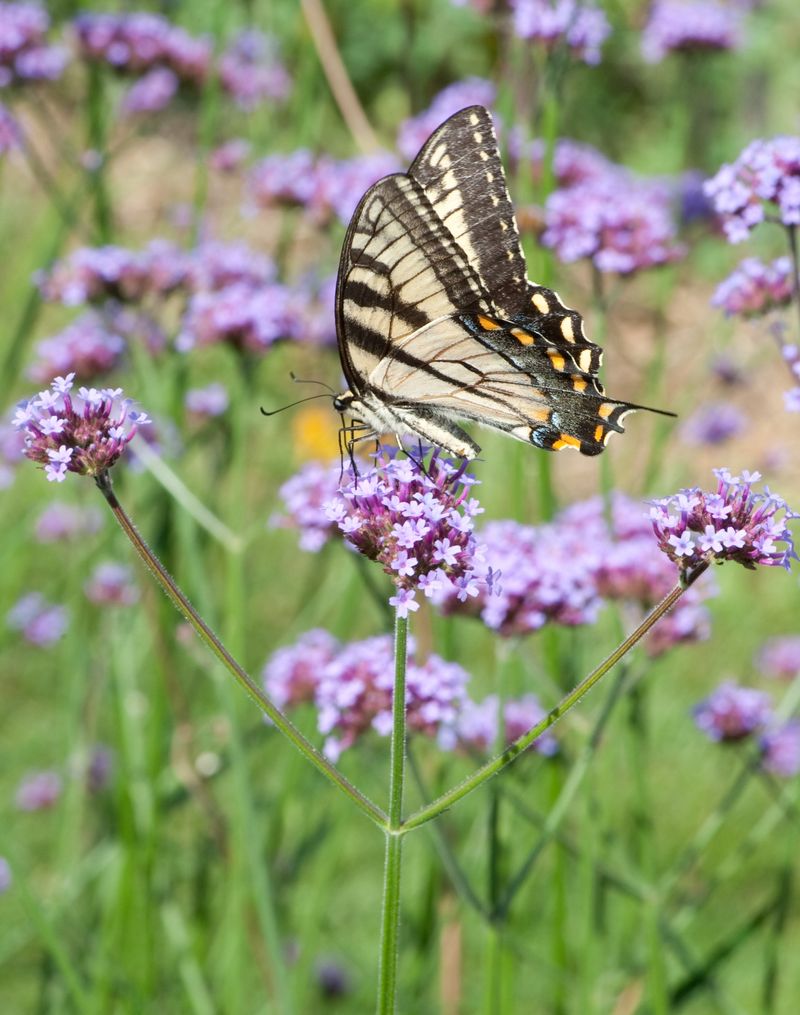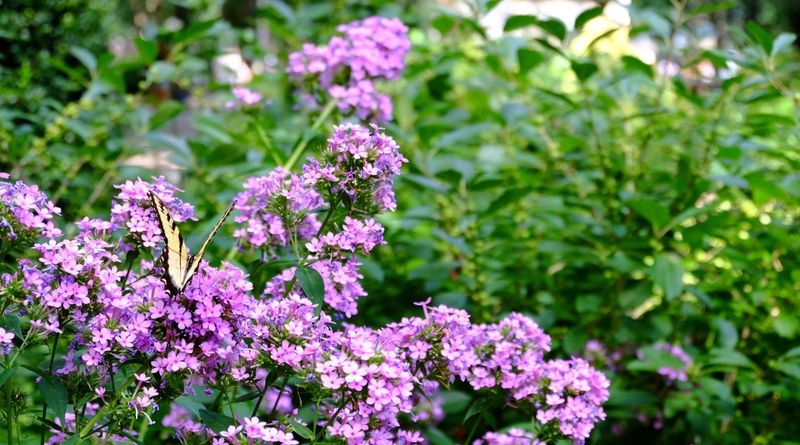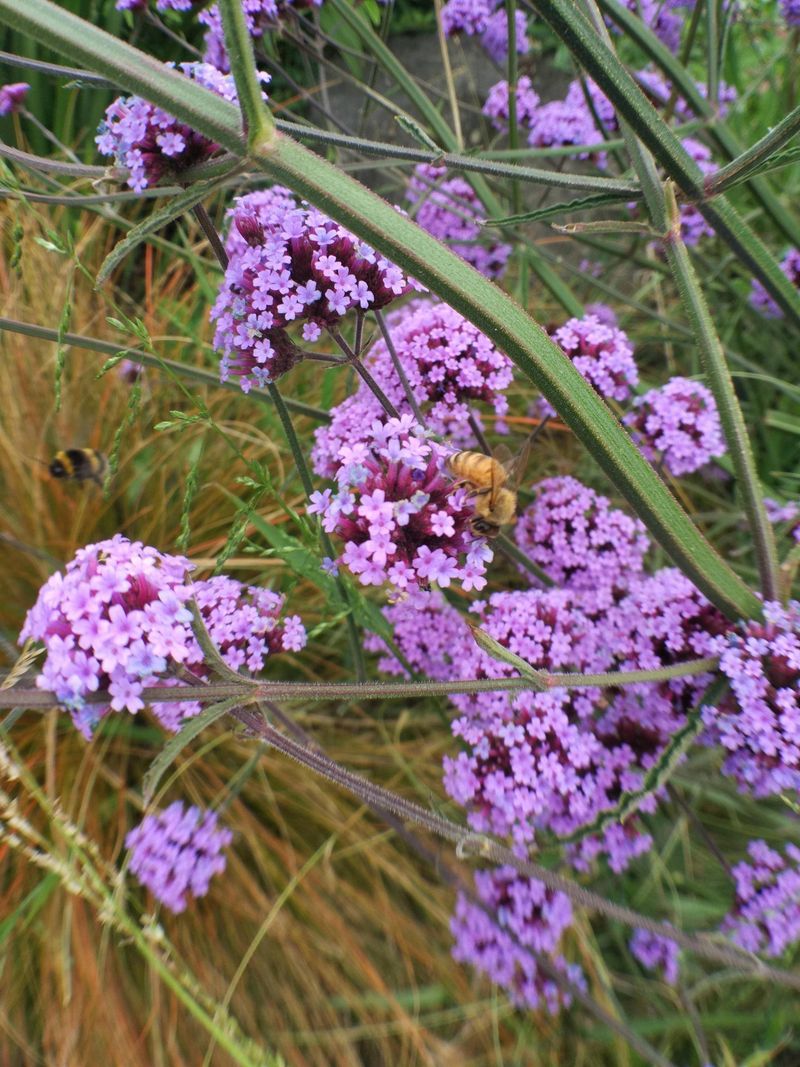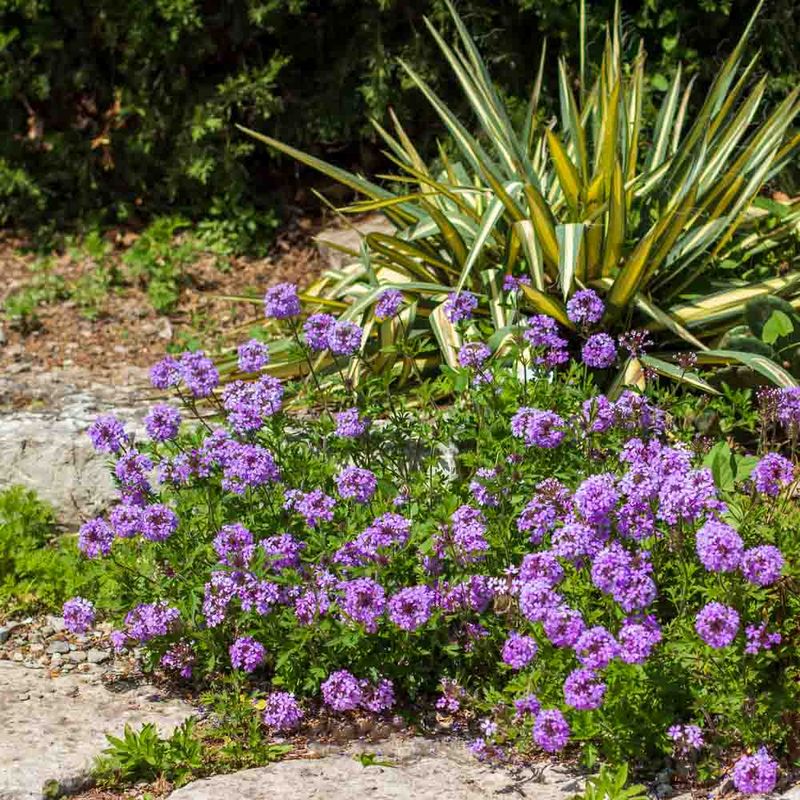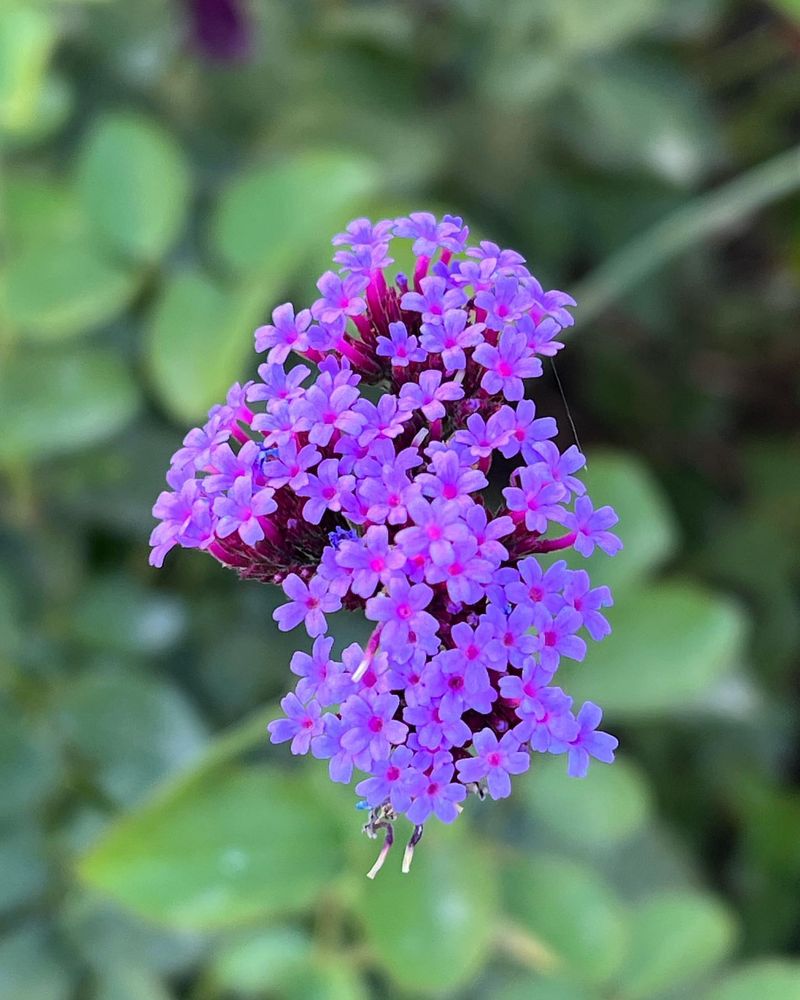Hey there, garden enthusiasts! I’ve got a delightful treat for all of you green thumbs out there who are itching to bring more color and buzzing friends to your garden.
Welcome to the world of verbena, those charming blooms that not only dazzle with their colors but also play a crucial role in attracting pollinators.
Whether you’re a seasoned gardener or just starting out, these proven tips will help you grow verbena with more blooms and pollinators. So, grab your gardening gloves, a cup of tea, and let’s get started!
1. Choose The Right Location
Picking the perfect spot for your verbena is key to their happiness. These sun-loving beauties thrive in areas that receive at least 6 to 8 hours of sunlight daily. If you’ve got a sunny patch in your garden, that’s where these blooms want to be.
Remember, verbena doesn’t like soggy feet, so well-draining soil is a must. You wouldn’t want to stand in a puddle all day, would you? Keep them dry and cheerful for the best results.
Finding the right location sets the stage for more blooms and happy pollinators, making your garden a paradise.
2. Soil Enrichment
Let’s talk dirt! Verbena plants are not too fussy, but enriching your soil can boost their performance. Mix in some compost or organic matter to enhance soil fertility. Think of it as giving your plants a power breakfast to start the day.
Avoid overly rich soil, though. Verbena prefers a lean diet – too much nutrient-rich soil can lead to lanky plants with fewer flowers.
With the right balance, your verbena will flourish, offering a feast not just for the eyes but also for the buzzing pollinators that visit your garden.
3. Water Wisely
Watering verbena is a bit like hosting a tea party – too much or too little can spoil the fun. Aim for a happy medium, keeping the soil consistently moist but not waterlogged.
These plants are quite drought-tolerant once established, so resist the urge to overwater. Think of it as teaching them independence.
A good soak when the topsoil feels dry usually does the trick, ensuring your verbena stays perky and inviting for those eager pollinators.
4. Prune For More Blooms
Pruning is like giving your verbena a haircut – it keeps them looking sharp and encourages new growth. Snipping off spent blooms not only tidies up your plants but also signals them to produce more flowers.
Make sure to use clean shears to avoid any plant diseases. Think of it as a spa day for your plants – a little off the top, and they’re ready to face the world.
Regular pruning can lead to a fuller plant with more blooms, attracting a swarm of happy pollinators.
5. Fertilize Sparingly
Feeding your verbena is like seasoning a dish – a little goes a long way. Use a balanced, slow-release fertilizer sparingly. Too much can lead to foliage but fewer flowers.
Consider fertilizing once in the spring and once mid-summer to keep your verbena satisfied.
Remember, overfeeding can do more harm than good, so keep it light and your plants will reward you with more blooms and happy pollinator visits.
6. Pest Control Naturally
Bugs can be a gardener’s nemesis, but you don’t have to resort to harsh chemicals to keep them at bay. Natural methods like neem oil or insecticidal soap can help protect your verbena without harming beneficial insects.
Handpicking pests or encouraging ladybugs can also keep your garden’s ecosystem in balance.
By using natural pest control, you’ll create a safe haven for pollinators while keeping your verbena thriving and beautiful.
7. Mulch For Moisture
Mulching is like giving your verbena a cozy blanket, helping to retain moisture and keep the roots cool. Use organic mulches like straw or shredded bark to cover the soil around your plants.
This practice not only conserves water but also suppresses weeds, letting your verbena bask in all the attention.
A well-mulched garden is a stress-free zone for your plants, promoting more blooms and inviting more pollinators.
8. Companion Planting
Just like us, plants thrive with good company. Pairing your verbena with companion plants such as lavender or marigolds can enhance growth and deter pests naturally.
These companions can attract even more pollinators, creating a buzzing symphony in your garden.
Strategic planting not only elevates your garden’s beauty but also supports a healthy, balanced ecosystem.
9. Deadhead Regularly
Deadheading is a gardener’s secret weapon for continuous blooms. By removing faded flowers regularly, you encourage your verbena to focus its energy on producing more blossoms.
This simple task can be quite therapeutic – a little garden meditation, if you will.
As you clear away the old, you make room for the new, keeping your garden pretty and buzzing with pollinator activity.
10. Control Weeds
Weeds compete for resources and space. Regularly removing weeds ensures your verbena gets all the nutrients and room it needs to bloom.
Consider using a hoe or your hands for precise, gentle removal near your plants.
Keeping your garden weed-free not only boosts verbena growth but also creates a more inviting space for pollinators.
11. Provide Proper Spacing
Think of the idea of being crammed in a tiny room – not fun, right? Your verbena needs space to breathe and grow. Ensure proper spacing between plants to allow for good air circulation and reduce disease risk.
Crowded plants can lead to stressed, unhealthy blooms, so give them the room they deserve.
With ample space, your verbena will thrive, offering a welcoming environment for pollinators to visit.
12. Select The Right Variety
Choosing the right verbena variety can make all the difference. Consider your climate and garden style when selecting. With options ranging from trailing to upright types, there’s a verbena for every garden.
Selecting a variety that suits your environment ensures healthier growth and more blooms.
Explore the wonderful world of verbena and find the perfect match for your garden, making it a pollinator’s paradise.
13. Mind The Seasons
Timing is everything, especially in gardening. Knowing your verbena’s blooming season helps you plan for continuous color. Most verbenas bloom in spring and summer, but some varieties extend into fall.
Planting according to seasons ensures your garden remains beautiful and full of life.
Keeping an eye on seasonal changes helps you anticipate when to prune, fertilize, and refresh, maximizing your garden’s appeal to pollinators.
14. Use Quality Seeds Or Plants
Starting with quality seeds or plants sets the foundation for success. Look for healthy, disease-free options at your local garden center.
Leaves and sturdy stems are signs of a promising verbena plant. Investing in quality from the get-go reduces future headaches and enhances growth potential.
With a strong start, your verbena will flourish, providing a floral feast for pollinators to enjoy.
15. Keep An Eye On Weather
Weather can be unpredictable, but staying informed helps you care for your verbena effectively. Extreme heat or unexpected frost can impact growth.
Adjust watering and protection measures based on the forecast to keep your plants thriving.
Being weather-aware allows you to optimize growing conditions, ensuring your verbena is always in prime form to attract pollinators.
16. Add A Touch Of Organic Fertilizer
When it comes to nourishing your verbena, a touch of organic fertilizer can do wonders. Use organic options like fish emulsion or seaweed extract for a gentle nutrient boost.
This approach feeds your plants without overwhelming them with chemicals. It’s like offering a nutritious snack rather than fast food.
Organic feeding supports sustainable growth, encouraging more blooms and pollinator visits.
17. Ensure Good Drainage
Good drainage is crucial for verbena, preventing root rot and other issues. Test your soil’s drainage by pouring water and observing how quickly it absorbs.
If it’s too slow, consider adding sand or perlite to improve the situation. Think of it as creating a comfy home for your plant roots.
With proper drainage, your verbena will thrive, offering a display for pollinators to adore.
18. Plant in Containers
Container planting offers flexibility and style for growing verbena. Use well-draining pots and quality potting mix for best results.
This method allows you to move your plants to chase the sun or protect from frost, ensuring optimal conditions.
Container-grown verbena can be just as pretty and inviting, providing a portable feast for curious pollinators wherever they’re placed.
19. Attract Beneficial Insects
Beneficial insects like bees and butterflies play a vital role in your garden’s health. Planting verbena alongside other insect-friendly plants increases your garden’s appeal.
Varieties like butterfly bush or echinacea can enhance your garden’s allure, creating a buzzing haven.
By fostering a welcoming environment, you’ll see more pollinators visiting your verbena blooms.
20. Rotate Planting Locations
This practice promotes healthier plants and can inspire creativity in your garden layout.
Rotating planting locations helps prevent soil depletion and disease buildup.
Give your verbena a fresh start by choosing new spots each growing season.
Embrace change by mixing things up, ensuring your verbena remains robust and inviting to pollinators year after year.
21. Trim Before Winter
Prepping your verbena for winter ensures they return strong in spring. Trim back plants before the cold hits, removing dead or diseased growth.
This tidies up your garden and reduces overwintering pests. Think of it as tucking your plants in for a long, cozy nap.
With proper winter prep, your verbena will bounce back with vigor, ready to attract pollinators when the weather warms.
22. Stay Consistent With Care
Consistency is key in gardening. Regular care routines like watering, pruning, and feeding ensure your verbena remains healthy and blooming.
Life gets busy, but setting a schedule helps keep your garden in top shape.
With a little diligence, your verbena will reward you with a colorful display, inviting eager pollinators throughout the growing season.
23. Embrace The Journey
Don’t be afraid to try new techniques and learn from what doesn’t work. Each garden is unique, and what works for one may not work for another.
Embracing trial and error helps you discover the best practices for your verbena.
With patience and curiosity, you’ll cultivate a thriving garden that attracts both admiration and pollinators alike.

